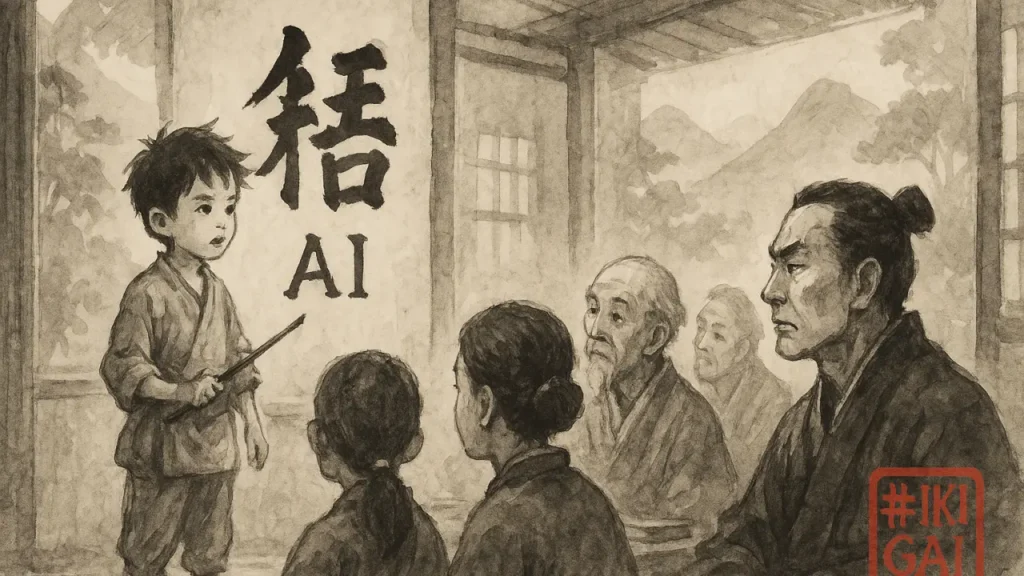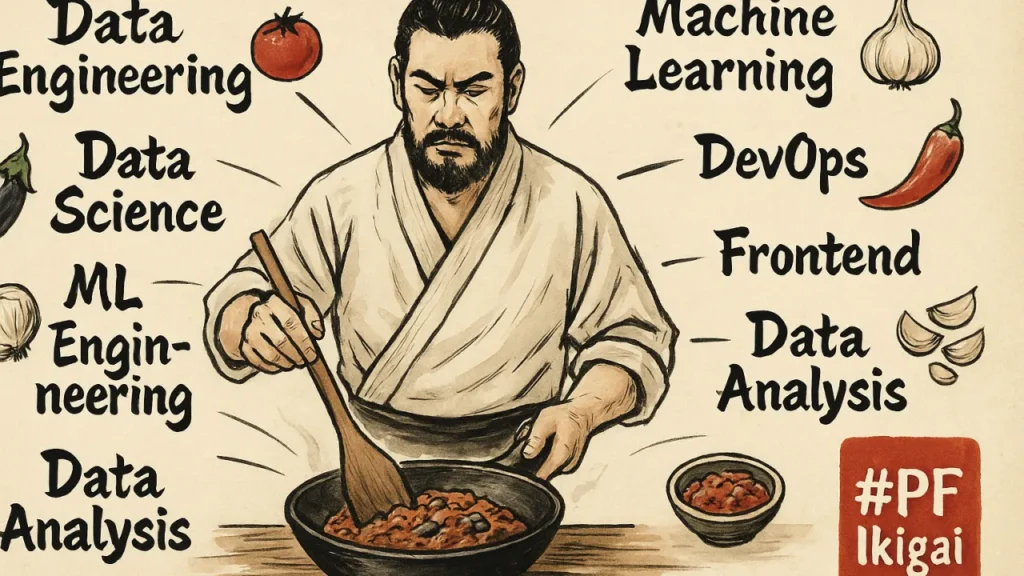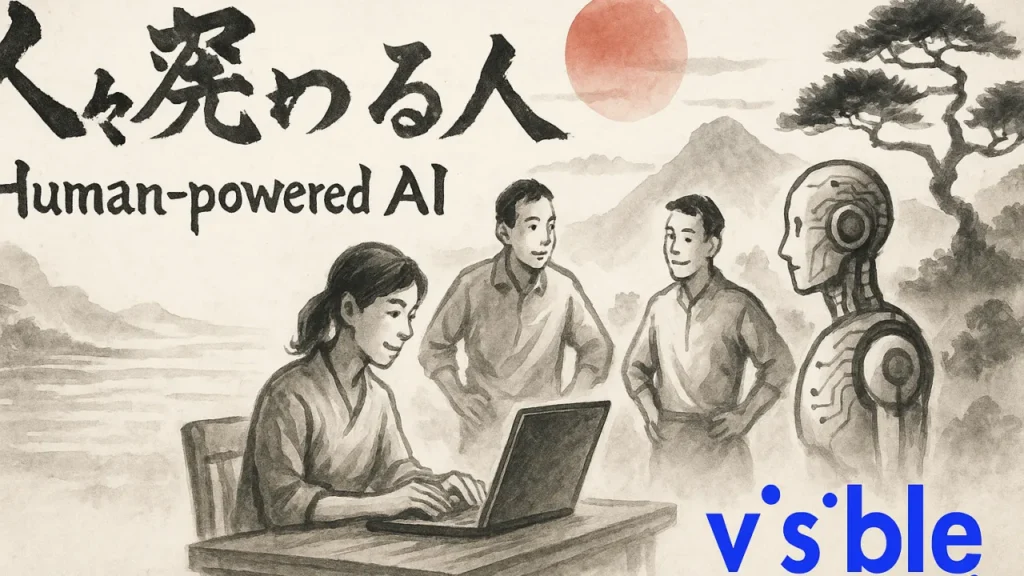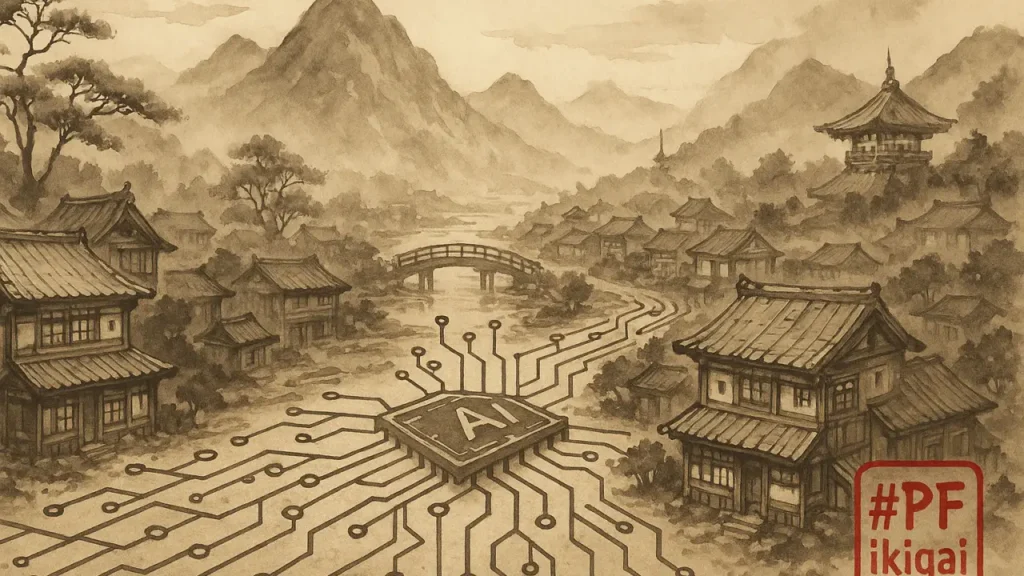Tech Writers at PF
Before GenAI had its name, and long before chatbots became boardroom must-haves, I was working on something far less glamorous — and far more foundational.
At Visible, Verizon’s digital-only telco brand, we didn’t have the luxury of massive customer support centers or armies of agents. We had a bold promise to keep: run a scalable, digital-first telecom business with minimal human intervention — without compromising trust.
And that meant one thing had to work better than anything else: customer service.
The Problem Most Telcos Ignore
In telecom, customer service is often treated as a cost center — outsourced, offshored, or buried under ticketing systems. But when you’re trying to build a digital-first brand with no retail stores and minimal phone support, every interaction is a chance to gain or lose trust.
The reality? Our ticket volumes were growing faster than our headcount. Customers were getting stuck in loops. Resolutions took too long. Costs were rising.
And we hadn’t even hit scale yet.
This wasn’t a GenAI problem. This was a discipline and design problem.
The Invisible Shift That Changed Everything
Instead of chasing the next shiny AI tool, we went back to basics:
- Mapped the root causes of ticket generation
- Segmented intent patterns and common issues
- Built a prediction model that routed and resolved issues based on historical resolution confidence
- Automated 70% of inbound queries with AI — quietly, efficiently, and without compromising empathy
No hallucinations. No overpromises. Just structural automation, purpose-built for our context.
We didn’t call it “GenAI.” We just called it good engineering.
Collaboration, Not Replacement — And Why That Matters Now
The recent Entrepreneur article “Why Collaboration, Not Replacement, Is the Future of AI” echoes something I’ve believed for years:
“It’s not AI vs. humans. It’s AI with humans — augmenting what we do, not replacing who we are.”
That’s not a philosophical talking point. It’s a product truth.
At Visible, the AI didn’t replace agents. It freed them to focus on what actually required judgment and care — edge cases, escalations, and moments that shape brand loyalty.
It allowed us to reinvest savings into better user experience, better onboarding, and proactive retention efforts.
We didn’t just cut costs. We raised the bar.
Human-Powered AI: Not Just a Tagline — A Discipline
I’ve been advocating for human-powered AI long before it became fashionable.
Why? Because when AI is designed to complement rather than override, you get systems that:
- Scale with nuance
- Adapt with context
- And most importantly — earn trust over time
At Property Finder, this is the same principle guiding our AI strategy under Project Ikigai. We’re not building AI to replace agents or override decision-making. We’re building it to:
- Enhance listing verification
- Surface trust signals
- Reduce cognitive overload
- Enable faster, safer choices
And we’re doing it with respect for human judgment, not in defiance of it.
The Real AI Advantage Isn’t Speed — It’s Alignment
There’s a temptation right now — across every industry, and especially in high-growth economies like the UAE — to deploy AI as fast as possible.
But as I’ve said before: “Speed kills when foundations are weak.”
The real magic isn’t in getting AI to do more. It’s in getting AI to do the right things, at the right time, with the right support systems around it.
That’s what we did at Visible. And that’s exactly what we’re doing at Property Finder.
What Comes Next in Ikigai
This article marks the next step in our Ikigai series, focused on building durable, scalable, trustworthy AI systems that enhance — not replace — human capability.
In our next chapter, we’ll explore the infrastructure layer — the roads, sewers, and electrical systems of modern digital companies that few talk about, but everyone depends on.
Because flashy doesn’t scale. Foundations do…





